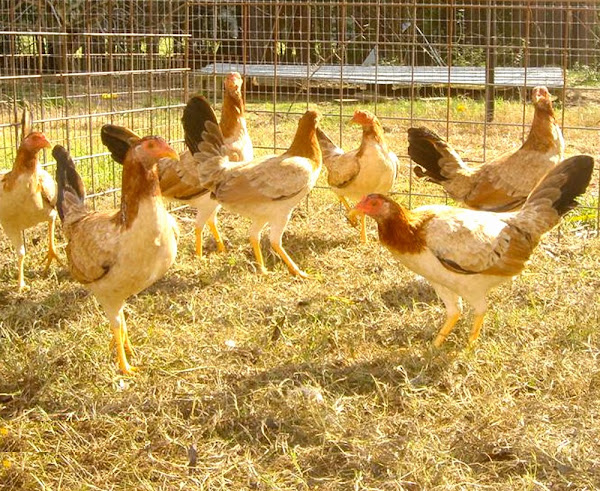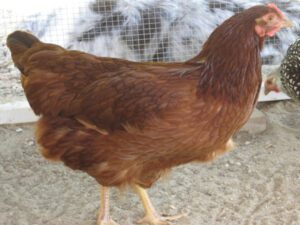How to identify roosters from the pullet? Beginner poultry keepers often ask this question. Here we are trying to describe more about this.
Most of the backyard poultry keeper raise some chickens for the purpose of producing a few fresh eggs. Some people want to raise some roosters in their flock for producing fertile eggs and increasing the beauty of their flock. Although roosters are not necessary for regular egg production.
They don’t do anything for maximizing egg production. But they play a very important role for protecting your hens from various types of predators. But keeping numerous roosters in your flock can cause numerous problems.
You can reduce the number of roosters in your flock by identifying them when they are pullet. This will also help you to minimize feeding costs. Roosters produce high quality meat. You can sell, slaughter or raise them as pet. However, raising minimum number of roosters is recommended.
How to Identify Roosters From The Pullet
Here we are describing how to identify roosters from the pullet and separate them from the hens.
Color of Chicks
Based on the color of chicks of some breeds we can identify their gender. Chickens are identifiable after hatching who are considered to have the wild-type coloring patterns due to the color of their down.
Usually male chicks have clean heads and two color dorsal stripes. There are yellow spots on the heads of male barred Plymouth Rock chickens like other barred and cuckoo-patterned chicks have.

Try to learn more about the chicken breed you are raising from the experts and from the people who are already raising that breed.
And do your own research on your desired breed, try to determine the color differences of male and female chicks of that breed. Doing this will help you to easily identify the roosters form the pullets.
Natural Development
Within 3 to 4 weeks of age your young roosters will begin to develop their comb and wattles. And within their 6 weeks of age, you will probably see the distinctive signs of a comb and wattle forming.
On the top of the rooster’s head, red colored and fleshy growth is called the comb of a rooster.
And the red colored and fleshy section under the chin of rooster is called wattle. Within the first two months of age, your young roosters will also start developing breed-specific mature coloring. You will be able to easily identify them when you will be an expert in raising chickens.
Vent Sexing
Usually commercial hatcheries use vent sexing method for identifying the gender of chicks. And in most cases the accuracy rate of this process is between 90 to 95 percent, if the process is done by an experienced individual.
Physically inspecting the shape of the chick’s copulatory organs is required for vent sexing. There are about 18 various shapes of male and female vents.
And it’s really very difficult for you to remember the different shapes. You can easily do it only if you have necessary training about this process.
If you can’t identify roosters from the pullets by using any of the above methods, then you have to wait till your hens start laying. Usually chickens reach maturity within their 5 months of age.
During this time your hens will start laying and roosters will start mating with the girls. Hens are usually calm and quiet in nature and roosters are aggressive in nature and typically crowing.
Don’t worry, it takes some time and experience. And the more you try the more you will learn what to look for and how to tell if pullets are roosters. Thank you! 🙂






